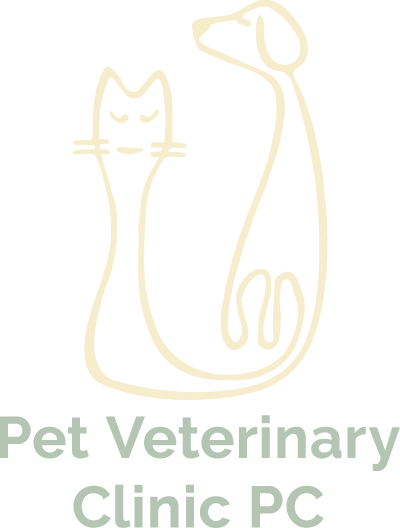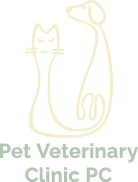Library
-
Pituitary pars intermedia dysfunction (PPID, previously known as Equine Cushing's Disease) is a complex condition associated with abnormal function of a small, hormone-producing organ, the pituitary gland, that lies at the base of the brain.
-
Polysulfated glycosaminoglycan is an injectable disease-modifying osteoarthritis drug (DMOAD) used to treat non-infectious and traumatic arthritis in dogs. It is also used off-label in cats and small mammals. If administering this medication at home, follow your veterinarian’s instructions and dispose of the needle and syringe appropriately. Side effects are rare when given according to label recommendations and at prescribed intervals. Do not use this medication in pets with a known hypersensitivity to it, in pets with known or suspected bleeding disorders or immune-mediated arthritis, or in pets with severe kidney or liver disorders.
-
Praziquantel is given on and off label and by mouth or injection to treat various internal parasites in cats, dogs, small mammals, birds, reptiles, and large animals. Do not use in pets that are allergic to it, in puppies less than 3 weeks old, or kittens less than 6 weeks old.
-
Prednisone/prednisolone is given by mouth or injection and is used on and off label to treat Addison’s disease, inflammatory conditions, neoplasia (cancer), and immune-mediated diseases. Give this medication as directed by your veterinarian. Common side effects include increased drinking, increased urination, and increased appetite. Do not use in pets that are allergic to it, or pets with systemic fungal infections, viral infections, ulcers, tuberculosis, or Cushing’s disease. If a negative reaction occurs, please call your veterinary office.
-
Probiotics are given by mouth and are used over the counter to treat gastrointestinal upset. Give as directed by your veterinarian. Side effects are rare but may include gas or mild discomfort. Do not use in pets that are very sick and immunocompromised, or in pets that are allergic to it. If a negative reaction occurs, please call your veterinary office.
-
Procainamide (brand names Pronestyl®, Biocoryl®, Procan®, Procanbid®) is an antiarrhythmic drug used off label (extra label) in dogs and horses to treat abnormal heart rhythms such as atrial fibrillation, ventricular premature complexes, and ventricular tachycardia.
-
Propantheline bromide is given by mouth or injection and is used off label to treat diarrhea, slow heart rate, and incontinence. Give as directed by your veterinarian. Common side effects include dry mouth, dry eyes, fast heart rate, difficulty urinating, and constipation. Do not use in pets that are allergic to it or similar drugs, or pets that have certain heart, bladder, or intestinal problems, glaucoma, or myasthenia gravis. If a negative reaction occurs, please call your veterinary office.
-
Propranolol (brand names Inderal®, Detensol®, Hemangeol®, Innopran®) is a beta-blocker used off label (extra label) to treat abnormal heart rhythms (arrhythmias) in cats, dogs, ferrets, and horses. It has also been used short-term to treat hypertension caused by thyrotoxicosis or pheochromocytoma. It is given by mouth or injection.
-
The horse's hoof is a very complex structure. The tough outer wall surrounds layers of sensitive laminae ('leaves') that support, nourish with blood and, in turn, cover the underlying pedal bone.
-
Infection in the foot is by far, the most common cause of acute (sudden), single-leg lameness in the horse. Infection results in painful inflammation and pus (abscess) formation.


